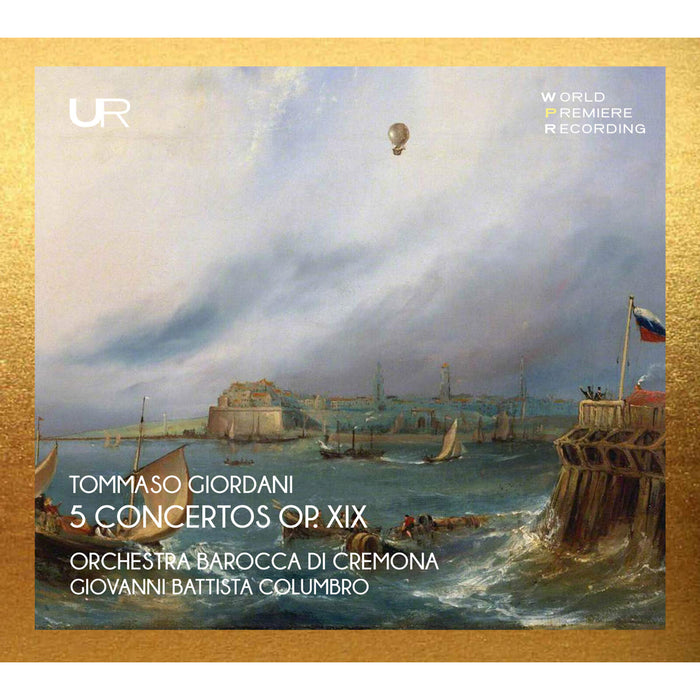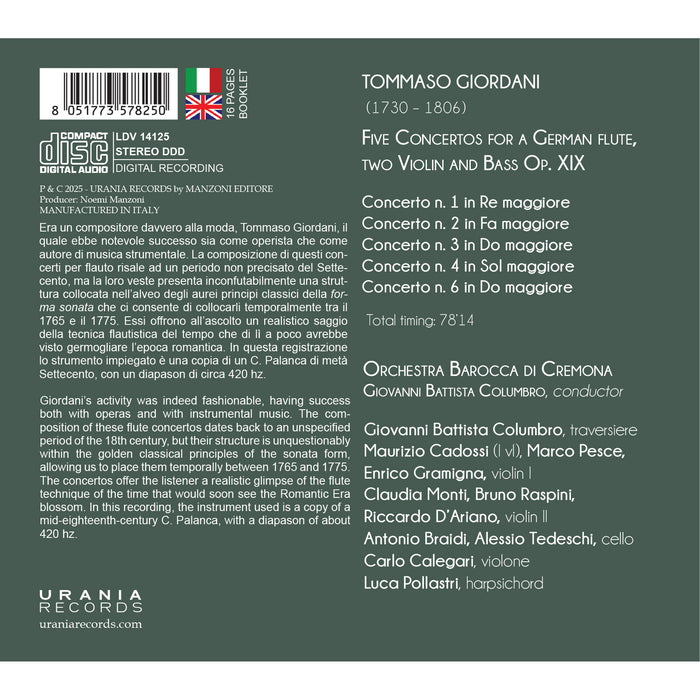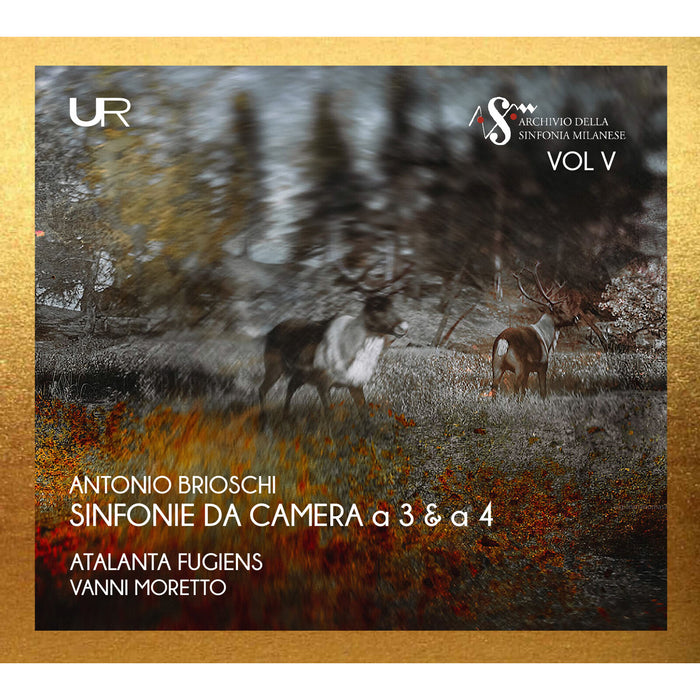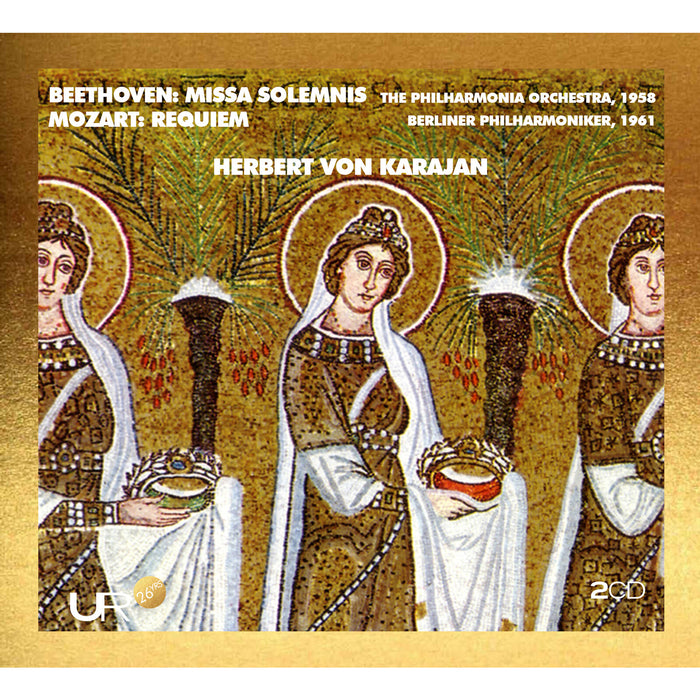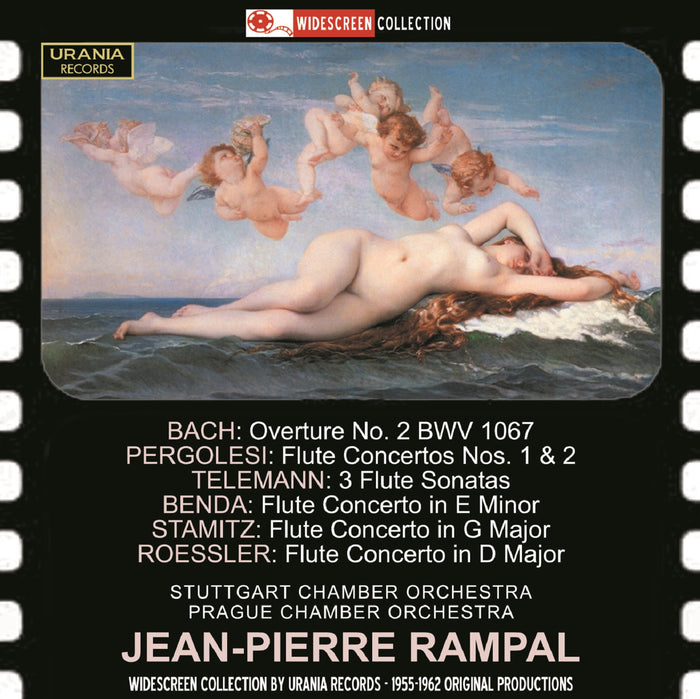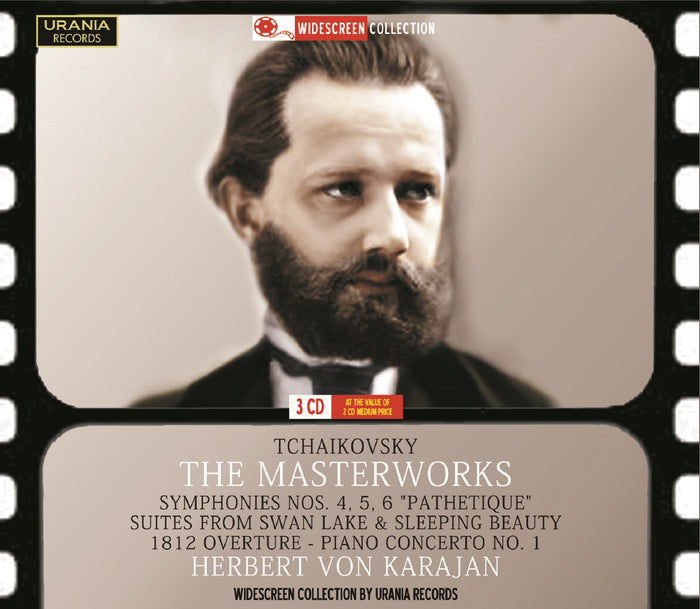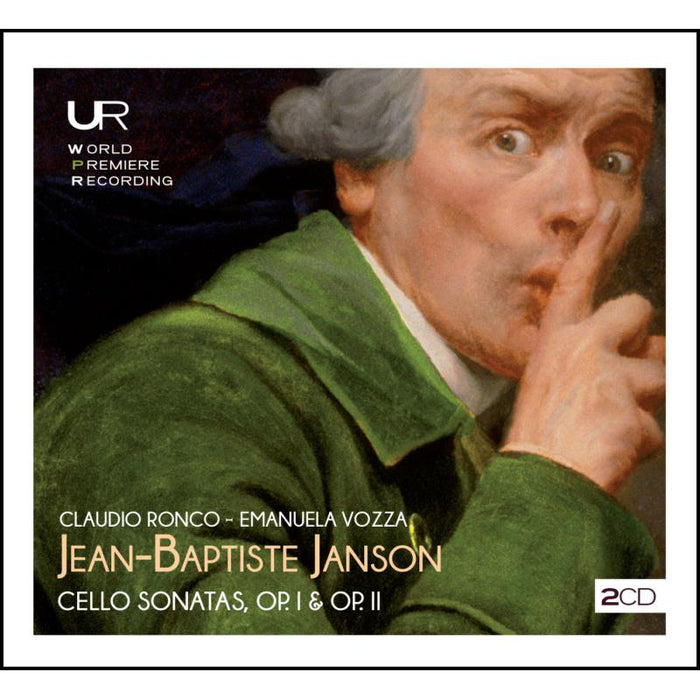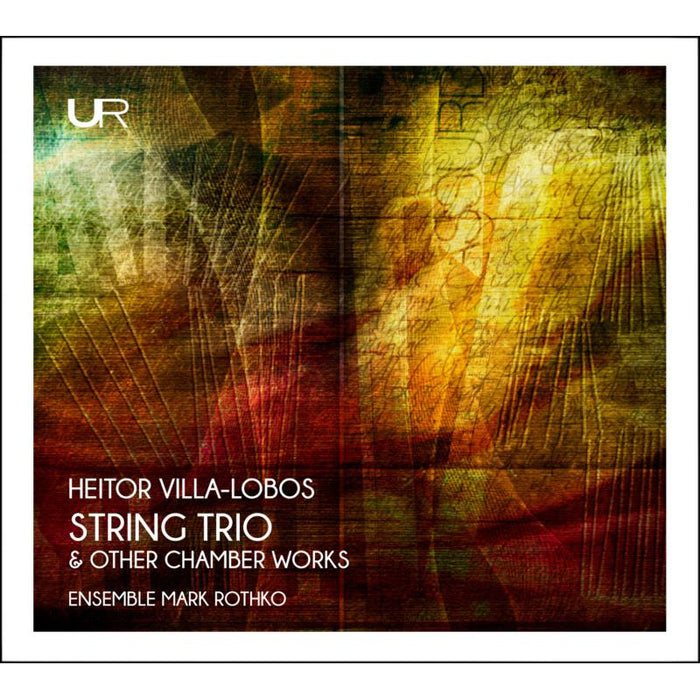Description
Born between 1686 and 1690, Chelleri is far older than any other symphonist in our series. In his Corpus, the symphony understood in a modern sense, is the accomplishment of a long path of research and transformation of style. When Chelleri did deal with "modern symphonies", counting himself among the proponents of the new instrumental music, after having written mainly plays and harpsichords as well as old-style symphonies, he no longer resided in the Duchy of Parma, where he was born, but in northern Europe, in Germany and in Sweden.
Chelleri was a great imitator, and these "Six new symphonies" are clearly six stylistic studies on the new trends in vogue in Europe in the 1730s and 1740s. That they belong to the so-called Lombard style is confirmed by the fact that Burney uses the words "of Milan" when he cites their author. The symphonist Chelleri makes neat, positive gestures, his phrasing is clear and sharp. Like all galant composers, he banishes the minor keys, possibly relegating them to slow movements where, at times, he lets himself go to almost heart-wrenching affection, as the recommendation Adagio con amore [adagio with love] in the Brussels Symphony in B flat also shows.


